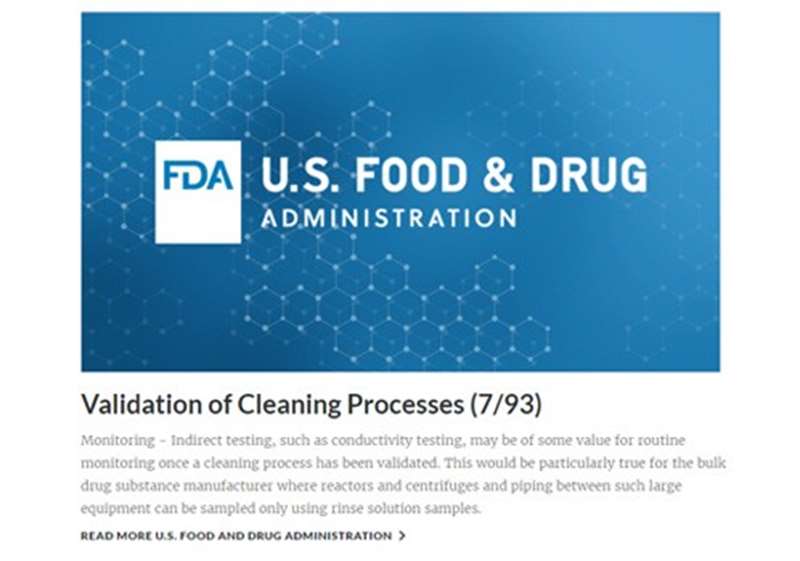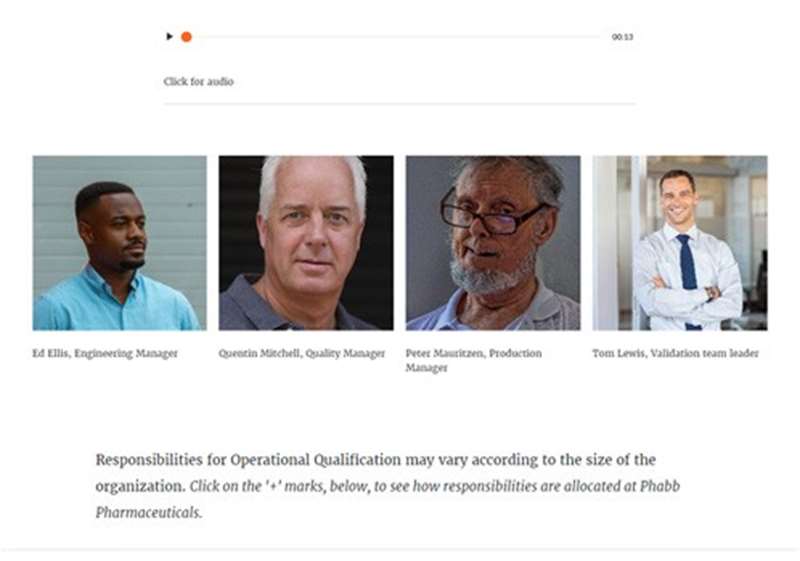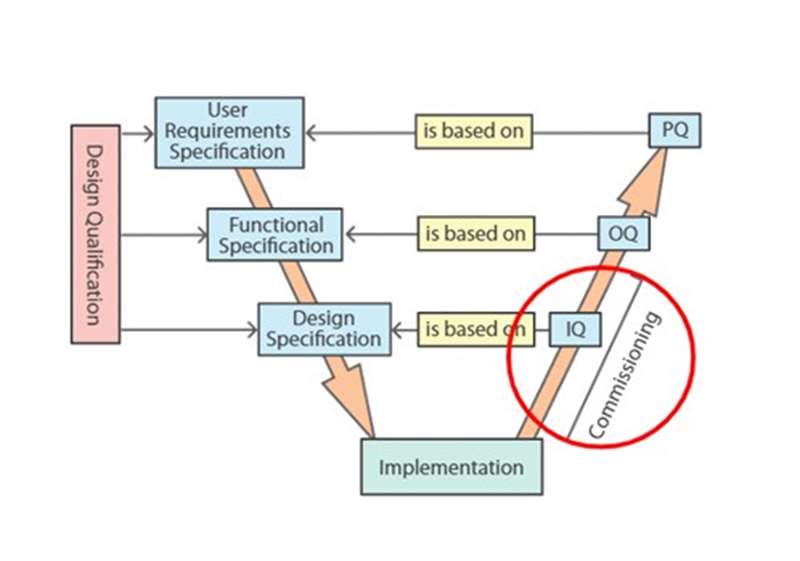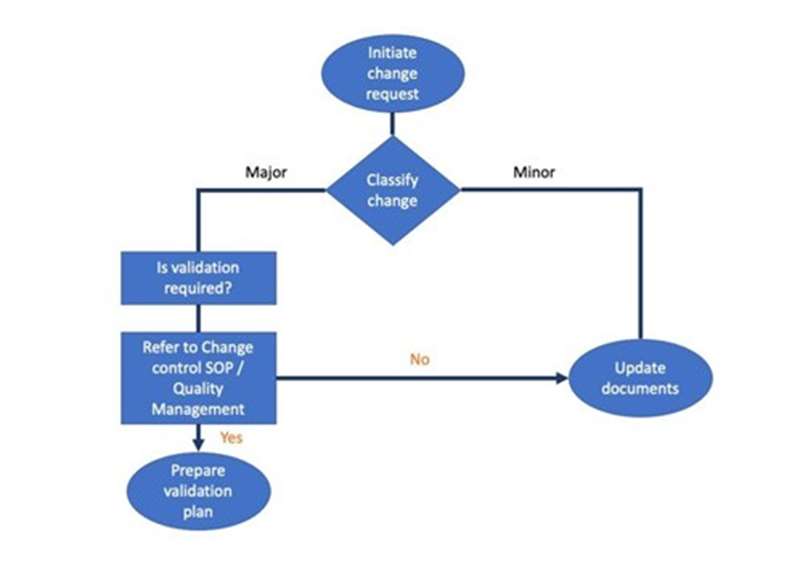How to Gain Authorisation for Clinical Research under the EU Clinical Trials Regulation (CT11)
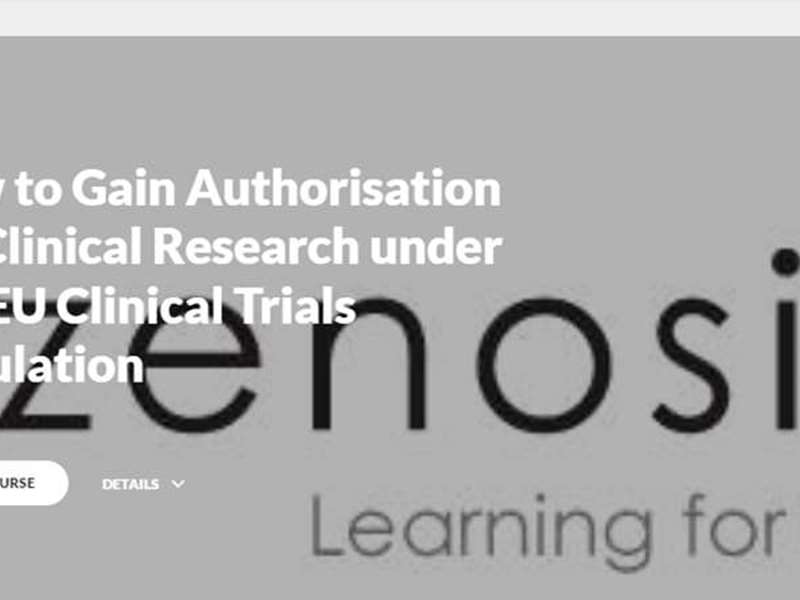
Learning Objective
To conduct a clinical trial in one or more member states (MSs) of the European Economic Area (EEA) a sponsor must first gain the approval of each relevant national regulator and the favourable opinion of research ethics committees relevant to the investigational sites. The European Union (EU) Clinical Trials Regulation ensures that the rules for assessing clinical trial applications and for conducting clinical trials are identical throughout the EEA. It establishes a harmonised procedure for gaining and maintaining authorisation for trials in up to 30 countries on the basis of a single electronic application per trial, and subsequent interactions, via a single EU online information system. MSs concerned in a trial collaborate on, and coordinate, its evaluation and supervision, and each MS returns a single decision on authorisation. The Regulation also mandates greater transparency of information on trials. The Regulation applies from 31 January 2022 and, after a grace period of one year, sponsors of all new clinical trials in the EEA must comply with it.
This course sets out the procedures that sponsors need to follow to gain authorisation to conduct clinical trials under the Regulation, and it summarises and links to the extensive guidance available from the European Commission and the European Medicines Agency. Its companion course CT12 sets out the procedures that sponsors need to follow to conduct authorised clinical trials in compliance with the Regulation. The two courses therefore provide an ideal foundation for understanding and complying with the new law.
Who will benefit from this module?
Regulatory affairs professionals, clinical development staff, and healthcare professionals who sponsor or participate in clinical trials will benefit from this module.
Learning Objectives
- Outline the legal and regulatory framework for clinical trials in the European Economic Area
- Describe the characteristics and applicability of the Clinical Trials Regulation
- Identify online portals and databases essential to authorisation and oversight of clinical trials under the Regulation
- Specify the timeline for transition to the Regulation from the Clinical Trials Directive
- Identify the contents of a clinical trial application (CTA) dossier as required by the Regulation
- Describe how to compile and submit a CTA dossier via the Clinical Trials Information System
- Describe how a CTA is validated and assessed, and how decisions are reached, by the reporting member state and other member states concerned
Module Outline
The Clinical Trials Regulation and its context - This session describes how medicines are regulated in the EEA, identifies key characteristics of the Clinical Trials Regulation (CTR), and specifies its applicability to clinical investigations. It identifies EU online portals and databases relevant to clinical trials and describes the Clinical Trials Information System (CTIS), which is essential to the authorisation and supervision of trials under the CTR. It discusses the concept of low-intervention clinical trial. Finally, it explains how requirements vary during the period of transition from the Clinical Trials Directive to the CTR.
Making a clinical trial application - This session explains how to register to use the CTIS, the distinction between Parts I and II of an application, how a reporting member state (RMS) is appointed, and how to make a full or partial submission of a clinical trial application (CTA). It identifies the contents of a CTA dossier and explains how to apply for deferral of publication of certain contents. It describes relationships among the clinical protocol, investigator’s brochure, and investigational medicinal product dossier, and explains where the reference safety information should appear. It also specifies requirements that must be met by clinical and nonclinical data in applications.
Assessment of application - This session explains how each part of a CTA is validated and assessed by the RMS and other member states concerned (MSCs) in the application. It specifies the sequence of procedures and the deadlines that have to be met by the MSCs and, in the case of requests for information, by the sponsor. It sets out the various decisions on authorisation that may be the outcome of assessment.
Assessment - Multiple-choice mastery assessment.

